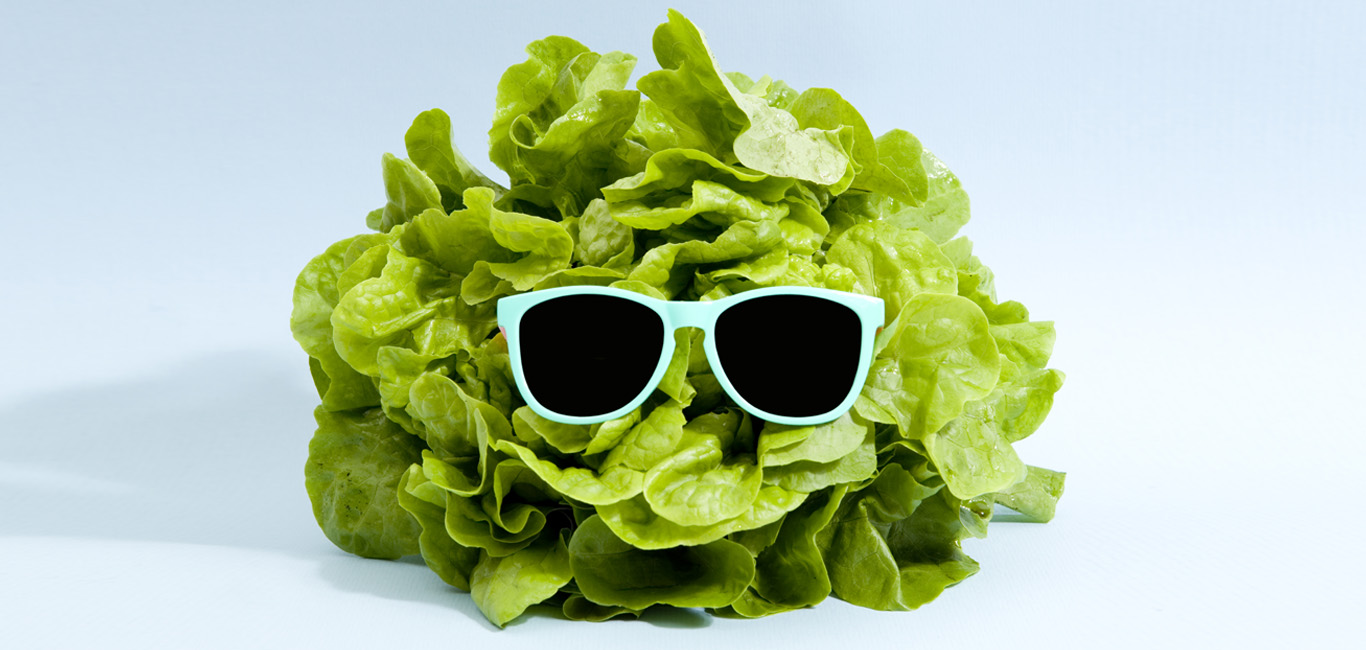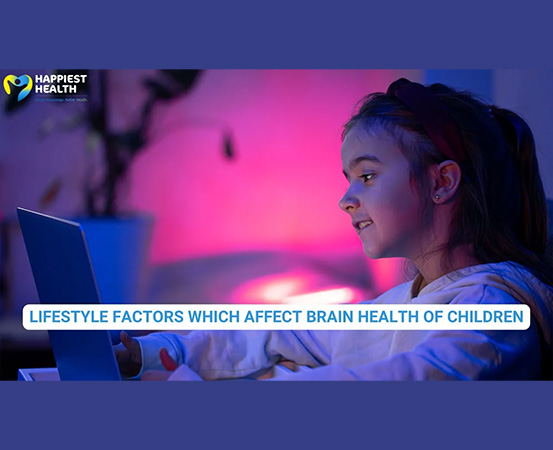
Preventing common eye problems is simpler than you think. Consuming a healthy diet, quitting smoking, reducing alcohol consumption, using the right safety gear, and protecting your eyes from ultraviolet radiation are all measures anyone can take to ensure healthy vision.
While for most a visit to an ophthalmologist is a bi-yearly affair, people with co-morbidities such as diabetes and hypertension, or those with a family history of glaucoma are in risk groups that should consult their ophthalmologist more regularly.
Regular checkups
Different regimens of checkups are prescribed for different conditions such as age-related abnormalities or differences in intraocular pressure due to comorbidities that an individual may have.
“Diabetic retinopathy and glaucoma are two silent killers [of the eye] that one should always watch out for as they come with no symptoms,” says Dr R. Kim, Chief Medical Officer, Aravind Eye Hospital, Madurai. “People who have a family history of glaucoma and/or diabetes should do computer examinations to check their eye pressure at least once a year.”
Dilated eye examinations should be done once every two years for people who have a risk of developing glaucoma or have a family history of glaucoma, according to the Centre for Disease Control and Prevention, US.
“Glaucoma, diabetes, hypertension, high cholesterol – all of these can cause a lot of problems with the eye and should be regularly monitored,” Dr Kim emphasises.
Protection from UV rays
Ultraviolet or UV radiation can be carcinogenic and an excess amount of it can damage your retina.
Studies have shown that extended exposure to UV radiation causes multiple issues in the eyes like photokeratitis; a solar burn of the cornea and conjunctiva (also known as welder’s flash), solar retinopathy, cataract, erythema of the eyelid and retinal damage.
“One of the reasons we ask people not to look at the sun directly during an eclipse is because the ultraviolet radiation gets focussed clearly on the central part of the retina, giving you a solar burn,” says Dr Anita Sethi, Director of Ophthalmology, Fortis Memorial Research Institute, Gurugram.
The same holds true for everyday life as well. An excess of UV radiation is one of the primary causes of age-related macular degeneration, Dr Sethi explains. It has no treatment as the resultant scarring and nerve damage cannot be reversed. Hence, wearing sunglasses while the sun is at its zenith, and throughout the day, should be the norm.
Even cataracts in the elderly have been attributed to excessive exposure to UV radiation. These rays make oxygen in the eye unstable, in a process called oxidative stress, that drives a chamical reaction that damages the proteins that make up the eye lens. This leads to cloudy appearance of the lens, as the damaged proteins clump together and scatter the light entering the eye, rather than focusing it on the retina.
20-20-20 rule for acuity
Otherwise known as Digital Eye Strain, Computer Vision Syndrome (CVS), is an issue that affects as many as 60 million people worldwide.
The way out is simple: using artificial tear drops, applying the `20-20-20 rule’ and blinking consciously and frequently while working at the computer for long periods.
The `20-20-20’ behaviour that ophthalmologists suggest is simple. After looking at the screen continuously for 20 minutes, stare at an object that is placed 20 feet away for 20 seconds.
This practice relaxes your eye muscles which tend to go rigid after staring at the screen for a long time. It also helps to spread a film of tears and keep the cornea moist and lubricated.
Studies also show that our blink rate per minute reduces from 17 blinks before to six blinks after working for some time on the computer.
Getting rid of toxic habits
Not getting enough sleep, not eating right and unhealthy habits like smoking and excessive drinking can lead to a condition called toxic amblyopia. Amblyopia, otherwise known as “lazy eye”, is a condition in which one eye loses its ability to focus on objects while the other eye is fully functional, giving the dysfunctional eye a droopy appearance.
Studies have shown that if not addressed properly at the right time, excessive consumption of alcohol and tobacco also causes significant reduction of vision.
Diet above all
“Diet is everything,” says Dr Rohit Shetty, vice-chairman and clinical scientist, Narayana Netralaya in Bengaluru. “If the body gets good nutrition, so will the eyes.”
Our eyes need retinol or Vitamin A to function efficiently. This can be got by consuming green leafy vegetables, carrots, cabbages and spinach, mango, papaya, apricots and red peppers. Vitamin A is also found in cheese, eggs, oily fish, milk and yogurt.
According to UK’s NHS, The human male body needs at least 700 micrograms (µg) of retinol per day, while women need 600 µg. This can be obtained by following a diet that includes some, if not all, of the foods specified above.


















One Response
How do I subscribe to this newsletter